Diamond Colour Guide
What is diamond colour?
The colour of the diamond refers to the lack of intrinsic colour found in a stone. Most diamonds will appear devoid of colour, but there will always be either brown or yellow hints—the more yellow the rock, the lower it's quality and lesser its worth.
The issue of diamond colour has been one of great concern of specialists for centuries. This led to the development of a definitive colour scale in the 1950s by the Gemological Institute of America. This widely adopted scale starts with D (highest quality) and ends with Z (lowest grade). The exclusion of A-C allows for the future-proofing of the scale against the potential discovery of even higher quality stones.
DIAMOND COLOR GRADING
As with any diamond property, it is a balancing act, and there are a number of other factors you need to consider whilst you search for the perfect match for yourself:
Diminishing Returns: To the untrained eye, there will be no discernible difference in diamonds in the D-F grades. This means that if you're looking to make a trade-off, then dropping down a grade is often a great way to compromise.
Colour Matters In Heavier Stones: This is pretty straightforward, so if you're looking to opt for a large carat, then you will be well-advised to choose a higher colour quality grade as well.
Shape Can Hide Colour: The highly reflective quality of stones with more facets allows them to do a better job at hiding small hints of colour. If you're concerned about the colour of your stone, then opt for a round rather than a square cut.
Gold Can Compliment Colour: Yellow gold will make subtle traces of colour much harder to detect. This gives you another area that you need to consider when you're trying to strike the perfect balance as you search for a piece that will be on your finger for the rest of your life.
Be Aware Of Fluorescence: Small to medium fluorescence will only be visible to an expert who is viewing your stone under UV light, so it isn't necessarily a major hurdle as it first appears to be. Having said that, fluorescence reduces the quality and the look of the diamond, and it can cause a blue glow to be emitted from the stone.
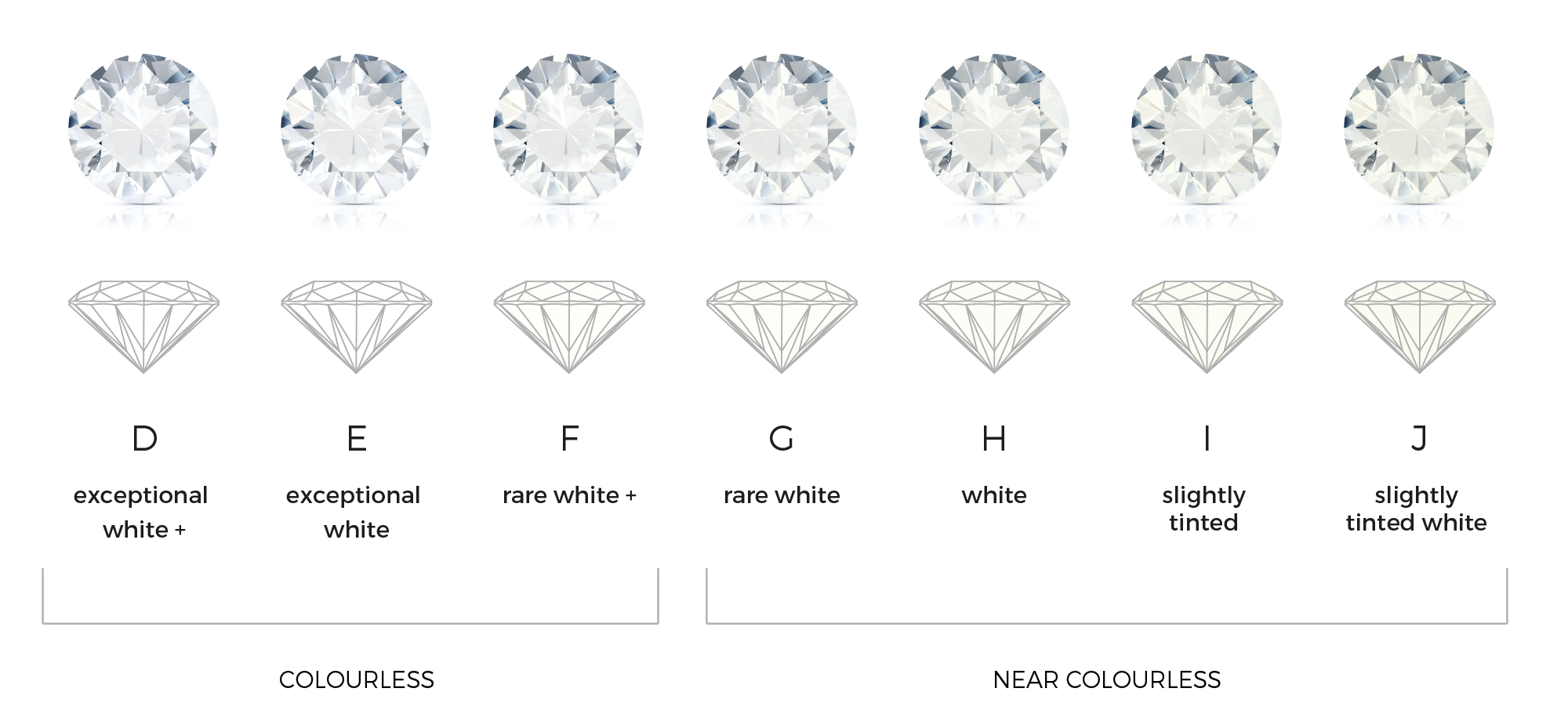
Diamond Color Grading
Colour D
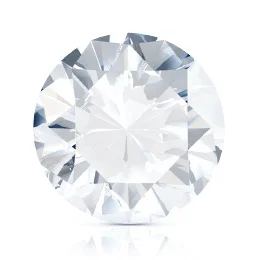
D
D-colour diamond possesses the highest color purity and is a symbol of perfection. It is considered extremely rare and has no recognizable shades of color.
Colour E
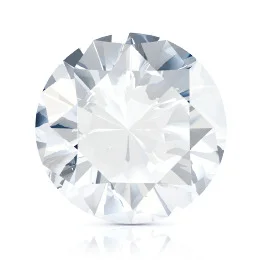
E
E-color diamond is visually stunning and has very high color grading. It is incredibly rare and has almost no recognizable color shading.
Colour F

F
F-color diamond has excellent beauty and contains a minute shade of color that is undetectable by the untrained eye.
Colour G
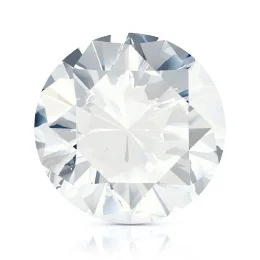
G
G-color diamond is exquisite and warmth of color present that can be noticeable when compared with better colour grading.
Colour H
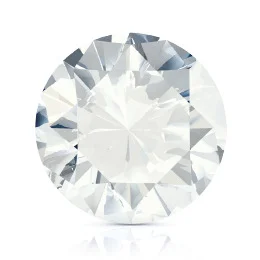
H
H-color diamond is considered a white diamond that does not compromise the stone’s sparkle. Slight ting of color can reflect but it is not very obvious.
Colour I
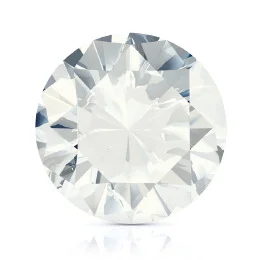
I
I-color diamond is scintillating and considered a white diamond that does not distract from the diamond’s sparkle. Noticeable color may be detectable to the untrained eye. It looks best in yellow gold settings.
FAQs
The best colour of diamond will be down to each individual’s taste. However, D-colour diamonds are usually considered the highest grade of diamond. D diamonds tend to be classed as being ‘colourless’ with much more clarity than other types such as E or F colour diamonds.
Red diamonds are considered the most expensive colour of a diamond. This is due to how rare they are to find, adding to their value. Their intense, crimson colour also adds to their value, with a single carat being worth almost $1 million.
H-colour diamonds tend to be slightly better quality and have more value than J-diamonds due to their almost ‘colourless’ appearance. This is especially the case if you’re choosing a diamond over 1 carat. J-diamonds are recommended for under 1 carat.
Some diamond experts recommend for buyers not go beyond the H colour when purchasing a diamond. This is due to the colour difference being almost barely noticeable, the pricier G colour isn’t worth the extra price. In terms of actual quality and value, G-colour diamonds are technically purer.
F-colour diamonds are classed as being in the ‘colourless’ range so they are of extra value and quality. Within the ‘colourless’ range, they rank around 3rd best from D-Z colours. F-colour diamonds are still classed as being of a very high grade compared to other diamond types.
The purest diamond should be completely transparent and be able to transmit visible light while appearing as a clear, colourless crystal. Any colour within a diamond originates from how the diamond was formed and is classed as an impurity or defect.
As yellow diamonds are not as rare as other colour diamonds, they tend to be classed as the cheapest or least valuable diamonds on the market. They cost a lot less per carat and are deemed to have more impurities or defects.
The answer to this question will depend on your taste. Usually, white or colourless diamonds are considered to be the prettiest or most pure. D, E and F colour diamonds are usually the most popular due to their almost ‘colourless’ appearance.
Diamonds can appear both clear and white. Clear or ‘colourless’ diamonds are of better quality and have more value. Some diamonds may appear white if they are cut in a certain way due to the influence of light shining onto the diamond.